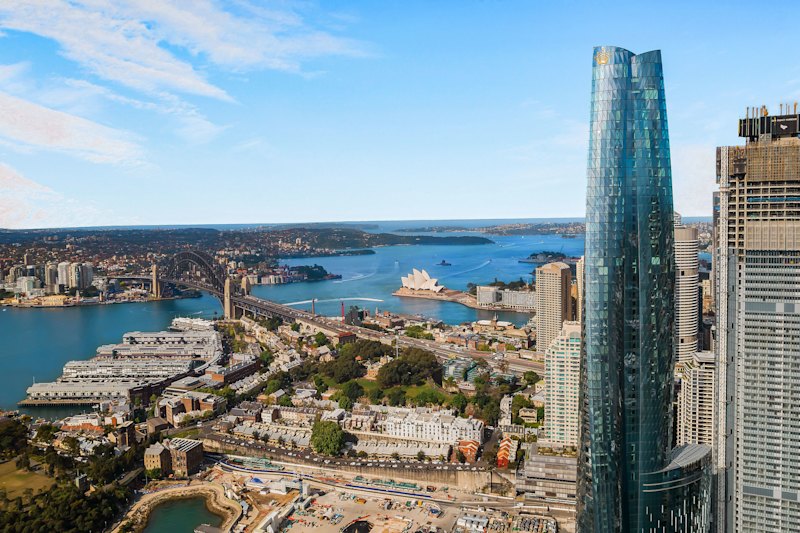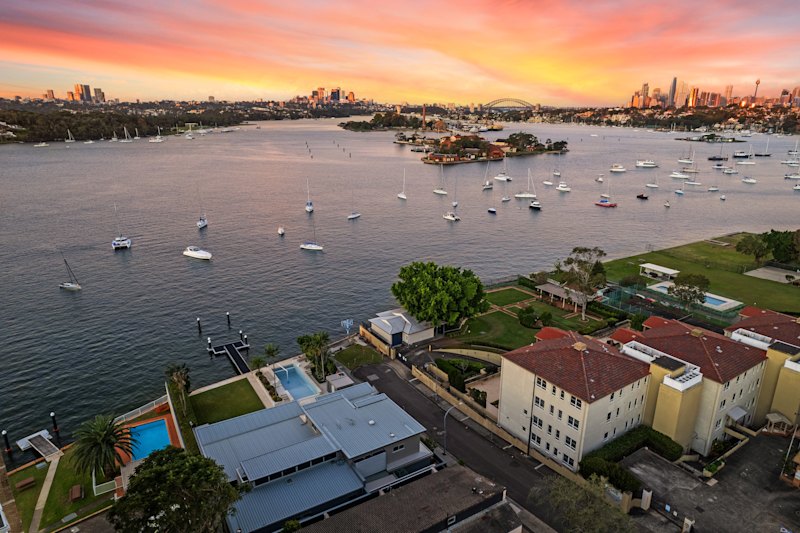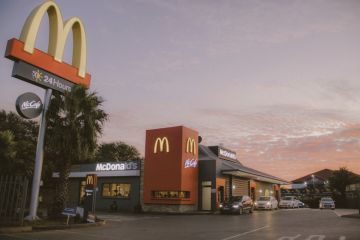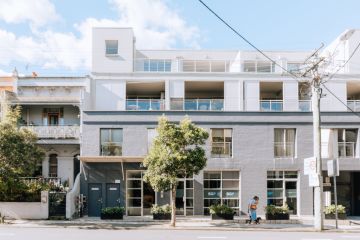Workers' cottages in Melbourne's bayside region commanding huge prices, even unrenovated
The wharfies and working class folk who built or bought the tiny houses in the inner bayside would fall face first into their Fosters if they knew the prices being paid these days for what were their three room cottages with primitive bathroom and privies out back.
Currently, you can count routine prices for 4.8-5-metre-wide properties sharing party walls in the early to mid $1 millions, especially if they’ve had a decent reno or upstairs extension.
In the case of a 120-year-old, one-bedroom weatherboard, worn out and squeezed between neighbours at 39 Cobden Street, South Melbourne, and having the rare appeal to the half dozen interested parties of never having been renovated, the price being quoted before this Saturday’s auction is $850,000-$900,000.
At 96 square metres, even selling agent James Nicolaou of Buxton admits “it’s tiny”.
So who wants it? Downsizers, he says. Locals who don’t want to leave South Melbourne, even if, at $11,212 per square metre, the suburb is evolving as one of metropolitan Melbourne’s most land costly places.
Or, he suggests – although several hundred thousand dollars would afford only the most basic renovation – “first home buyers”.
“The prices have gone crazy,” says long-time Albert Park resident Anna Jurkiewicz, who is also auctioning her one bedroom brick cottage in Little O’Grady Street on Saturday through Greg Hocking Holdsworth agency. “It’s only 108 square metres. But I love it!”
One of nine similar 1890 terraces, some with occupants who paid $40.000 in the 1970s, Jurkiewicz says the heritage facades are studied by students of architecture. “They’re all mirror images”. In such a quiet street they’re so amendable. “No one moves”.
Born in Albert Park, schooled in Port Melbourne, taken as an adolescent to Glen Waverley and Kew, Jurkiewicz returned to the bayside like a homing pigeon when she became a single woman home buyer because it offered all the lifestyle and ease of commuting to her city job. After 14 years, she’s selling for “a lifestyle change”.
Her agent, Peter Zervas says the “neat house” is being quoted “in the high $800,000s. But we could expect over $900,000”.
A lot of the bayside agents are still animatedly quoting the record smashing prices paid last year for vacant pieces of land; $1.65 million for a 137-square metre triangle in St Vincents Street in December; $2.05 million for a 10×30 metre block in Dow Street, Port Melbourne, and $1.3 million for 64 square metres – the size of a shed – behind Victoria Avenue in Albert Park.
Prices of actual bricks and mortar, or weatherboard and paint, have also become legendary; $1.9 for a renovated old stable block on 112 square metres at 95 Thompson Street, South Melbourne; $2 million for a renovated two bedroom weatherboard in Albert Park, $2.2 million for a one-bed brick house in West St Kilda.
Of course if, like the modern tiny house on wheels movement, you’re willing to commit to living small, it necessitates self-disciplines because small implies scant storage, which implies no clutter, and few long-staying guests.
Does Jurkiewicz ever experience diminutive as a squeezed lifestyle? “No. I’m tidy. I’m neat. I clean up as I go along”.
Do the agents see sense returning to this strange market of small-scale living? “No,” says Zervas, “because people are competing to live the bayside lifestyle”.
“No,” says James Nicolaou, “because people always want a house over an apartment. I think there’s more growth in it yet.”
We recommend
We thought you might like
States
Capital Cities
Capital Cities - Rentals
Popular Areas
Allhomes
More
- © 2025, CoStar Group Inc.







